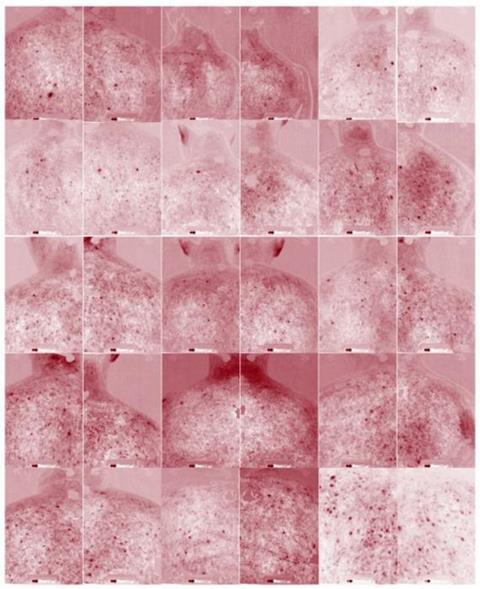Truncal acne differs from facial acne, with lower sebum/pH but greater microbial imbalance. Androgen levels, gender, and material contact influence outbreaks.

In a recent study published in the Journal of Dermatologic Science and Cosmetic Technology, a team of Chinese researchers have systematically described the mechanisms of truncal acne, evaluated the methods and evaluated the mechanisms, targets, and pros/cons of several treatment products to guide clinical choices.
READ MORE: Efficacy of topical Nigella sativa L. with vinegar in the treatment of acne vulgaris
READ MORE: Study of facial bacteria could lead to probiotics that promote healthy skin
Truncal Acne Severity Scale (TRASS), the first holistic grading system integrating clinical markers and quality-of-life impacts. TRASS addresses a major gap, as prior methods were adapted from facial acne and lacked patient-centered metrics.
“Truncal acne is more prevalent in males and friction from clothing exacerbates outbreaks . Notably, Asian skin’s thinner stratum corneum necessitates lower fruit acid concentrations in treatments, a nuance often ignored in global product formulations,” says corresponding author Fengwei Qi.
Treatment trade-offs
In the study, evaluations of commercial products such as salicylic acid washes and tazarotene lotions revealed trade-offs: lotions offer prolonged efficacy but may irritate sensitive skin, while washes are gentler but require sustained use.
The study improved the paradigm for truncal acne management by emphasizing microbial balance and pH control over sebum regulation.
”Our study provides insights for future research and practical approaches to truncal acne management, assisting in selecting effective products for managing truncal acne,” adds Qi. “Nonetheless, going forward, research should address textile friction and psychosocial impacts.”







No comments yet